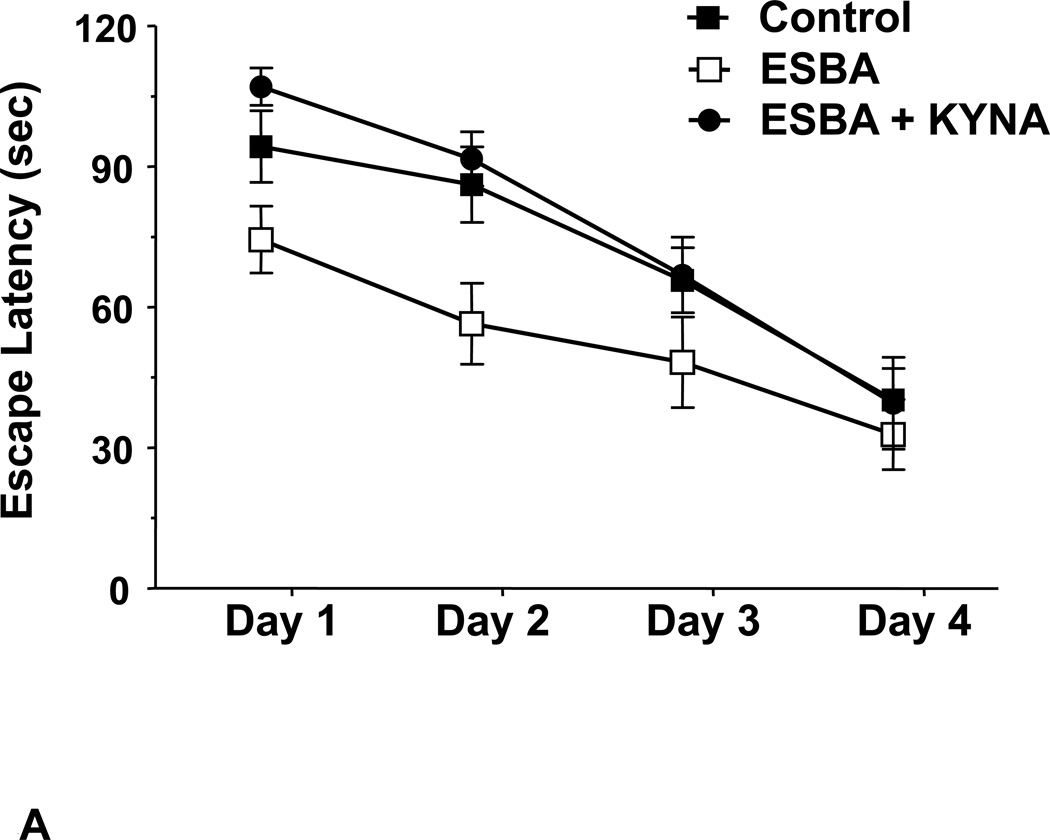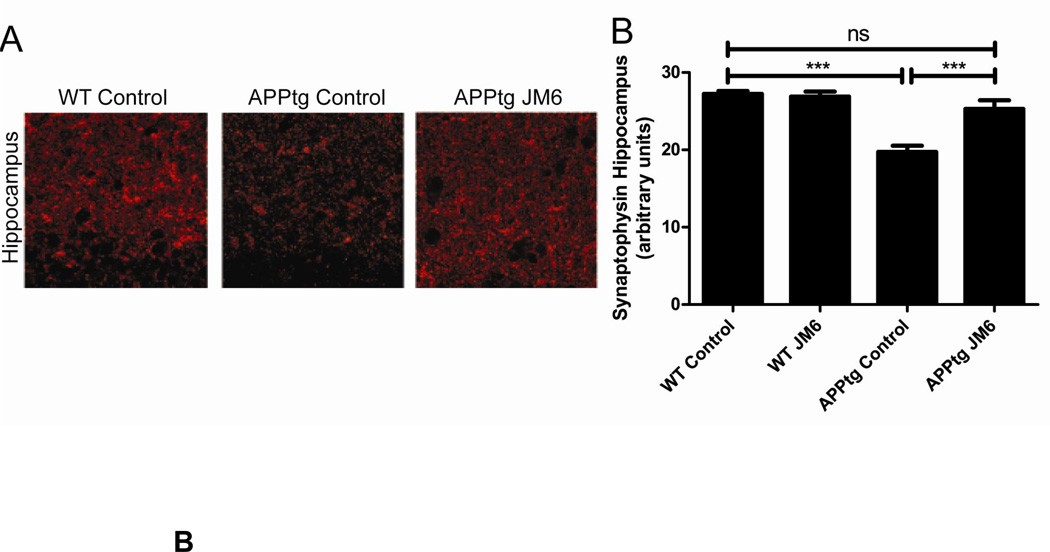Figure 4. Effects of Kynurenine Pathway Manipulation on Cognition and Neurodegeneration.
A: Inhibition of endogenous KYNA synthesis with the KAT II inhibitor (S)-4-(ethylsulfonyl)benzoylalanine (ESBA), administered intracerebroventricularly 90 min prior to daily training (Days 1–4), facilitates learning in a spatial working memory task (the Morris water maze test) in normal rats. Co-administration of KYNA eliminates this effect (see 72 for details); B: JM6, a peripherally acting pro-drug of the KMO inhibitor Ro 61-8048, prevents synaptic loss in a transgenic mouse model of Alzheimer’s disease (APPtg mice). JM6 was administered orally for 120 days, and the brain was evaluated in 8-month-old APPtg mice. Left: Representative image (630X) of serial sections of the hippocampus of wild-type or APPtg mice immunostained with an antibody for synaptophysin. Right: Quantification of synaptophysin levels in the hippocampus of APPtg mice treated with JM6. Synaptophysin levels in APPtg mice treated with JM6 are not significantly different from those found in wild-type mice (see 172 for details).


